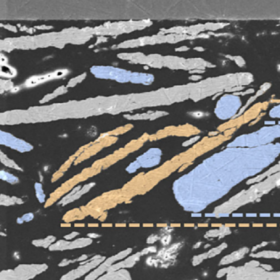Optimizing electrically conductive adhesives for solar cell interconnections
German research institute ISC Konstanz has developed a new method to measure the contact resistance of solar cell interconnections made with electrically conductive adhesives (ECA). The proposed approach reportedly enables the precise characterization of both contact resistivity and bulk resistivity.
Weekend Read: Shingle all the way
While shingled cells have been around for a while, Tongwei’s adoption of the technology is notable as it is a manufacturer with considerable scale. If shingling can overcome some hurdles, it could prove a welcome solution as unshaded sites for PV become elusive in mature solar markets.
New ‘matrix’ layout for shingled solar cells
German equipment supplier M10 and research institute Fraunhofer ISE will unveil a new prototype stringer for shingled module layouts at the Intersolar Europe trade show later this week. Employing an offset layout for the shingles, the approach promises a relative efficiency gain of up to 6%, compared to a conventional half-cell module.
A new front electrode structure for shingled PV panels
Researchers in Korea have proposed a new design for dividing and bonding which is said to provide higher efficiency from fewer fingers. The number of fingers optimized for division into five cells was 128 and for three, 171. Five offer power conversion efficiency of 17.346% and three 16.855%.




